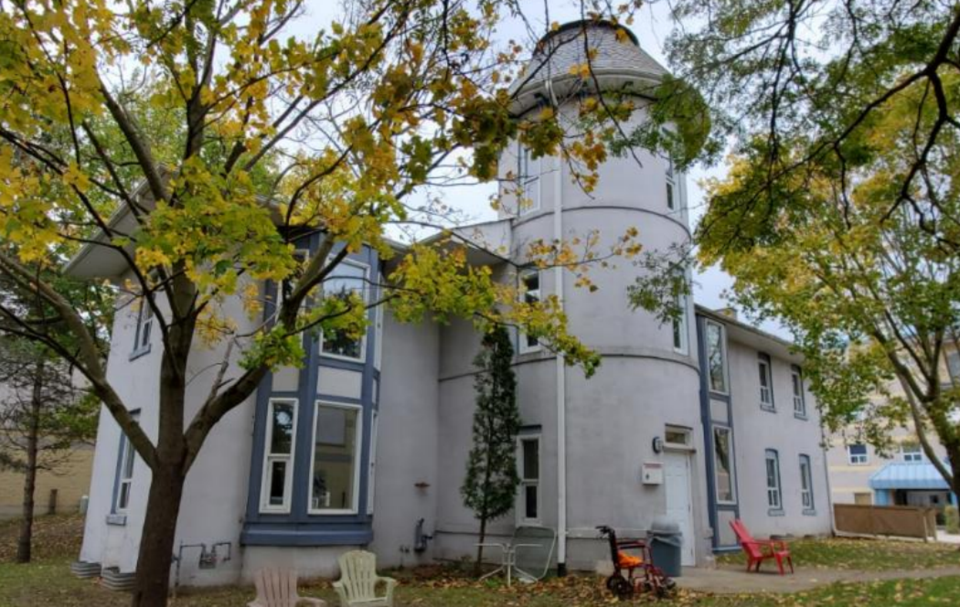The city has once again violated provincial legislation when it comes to protecting cultural heritage for future generations, asserts Coun. Leanne Caron.
In addition, council broke its own stated procedures on how to remove properties from the municipal heritage registry.
At the heart of the issue is failure to consult with Heritage Guelph ahead of council decisions related to the demolition of buildings with known historical significance, though there is some debate about the level and timing of consultation required.
During a special meeting on Tuesday morning, city council approved a motion to abandon its intent to seek formal heritage designation for elements of a building at 50-60 Fife Rd. and to remove the property from the municipal heritage registry.
“I don’t believe we have the authority to remove it from the registry without consultation with Heritage Guelph. We learned that with 797 Victoria, we learned that we were in violation of the act if we did so, so we know that,” said Caron, drawing comparisons between the 2021 demolition of a home that was only removed from the municipal registry after it was taken down due to safety concerns and the recent Fife Road decision.
Failure to consult with the local heritage committee prior to removing a property from the municipal registry goes against section 27.4 of the Ontario Heritage Act. It’s also outlined on the city website as part of the process for removing properties from the registry.
Because Heritage Guelph was consulted about the property earlier in the year, though not about potential removal from the registry, its voice has been heard on this issue, believes Coun. Dan Gibson, who put forward the motion approved on Tuesday.
“Typically Heritage Guelph would be consulted. In this case I believe they have been,” he said. “Heritage Guelph serves a little bit at the pleasure of council and council made a decision.”
That approach doesn’t sit well with Caron.
“You could argue HG was consulted on the designation and their advice was to designate, and council took that under advisement when voting for the contrary,” she said. “I would argue the opposite. They were consulted on designation, they were not consulted on removal from the register.”
HG chair P. Brian Skerrett confirmed the committee was not asked to comment on the prospect of removing the property from the heritage registry.
"There are still steps that staff, the applicant and Heritage Guelph will need to compete before removal from the register," commented Krista Walkey, the city's general manager of planning and building services, said via email. "We have followed the prescribed process under the Act for responding to an objection to designation."
Council approval won't again be needed to remove the property from the municipal registry, she confirmed.
There are differences between what HG was asked to comment on during its June meeting (designation of the tower element of the property, which the committee supported) and the staff recommendation to council in July (designation of aspects of a building on the property).
The OHA doesn’t allow for features of a property to be protected, only properties as a whole, Caron noted.
“That’s another complication that hasn’t really been fully explored,” she said. “It’s frustrating that this process has unfolded the way it has.”
Perhaps another issue is that the city website mentions only one reason for having a property removed from the heritage registry – that the property doesn’t meet any of the provincially set criteria for determining cultural heritage value.
In a report to council back in July, city staff identified two criteria have been met and a consultant for the proponent acknowledged one as well.
“It is the application for a demolition permit that triggers the consultation with Heritage Guelph, so one of the outstanding questions I have is, when the applicant submits an application for demolition, does that start the whole process all over again?” said Caron.
